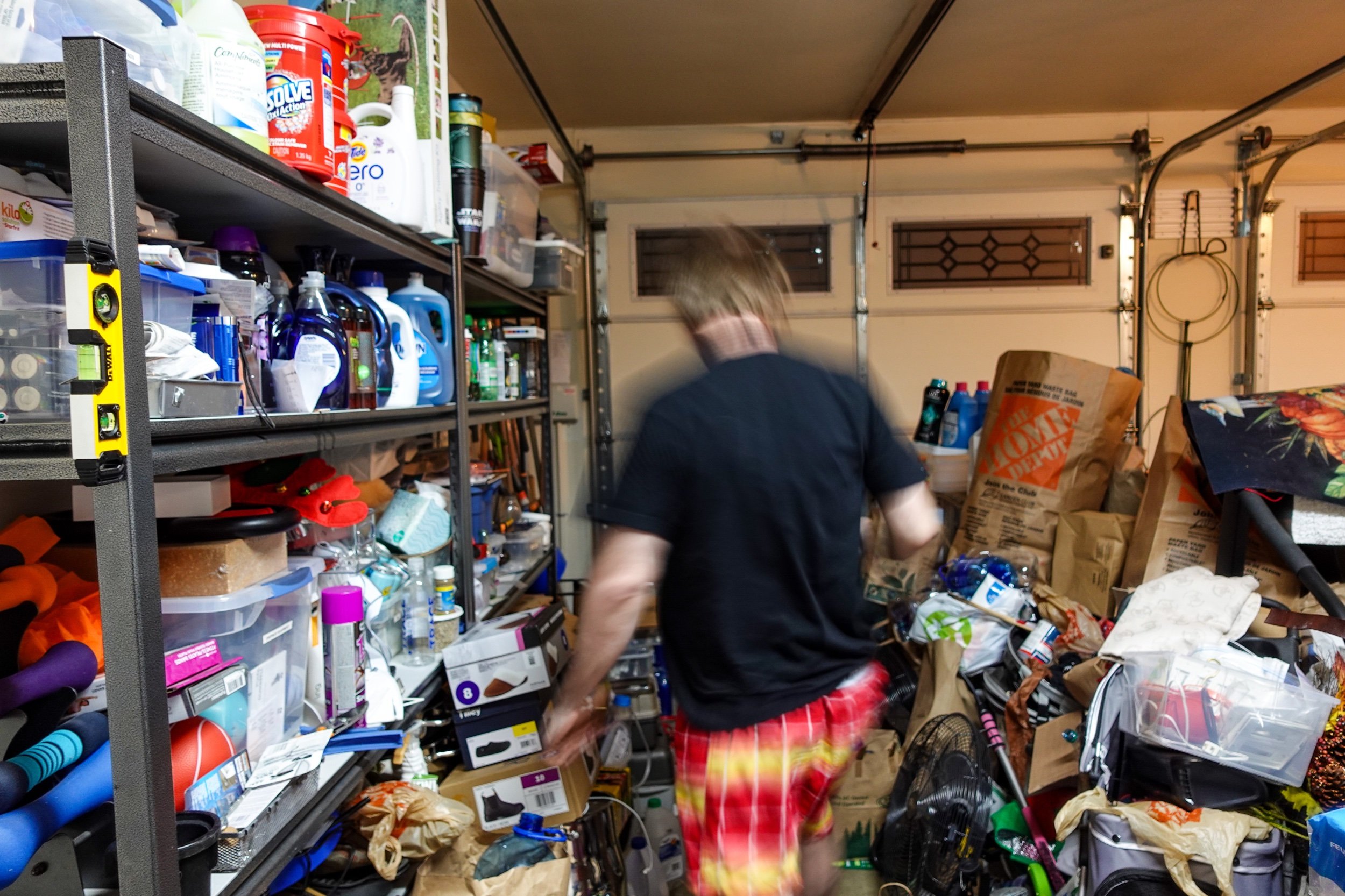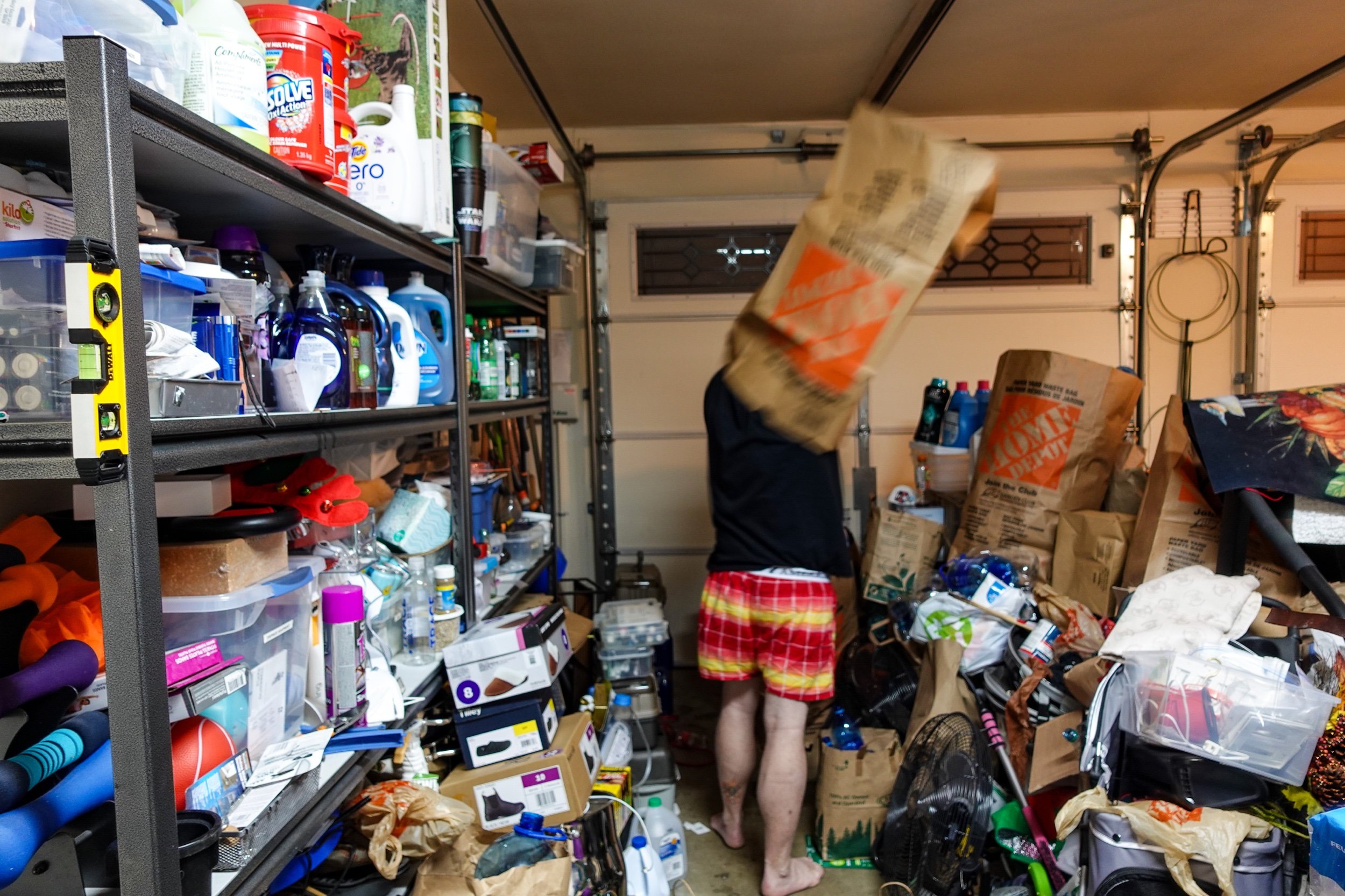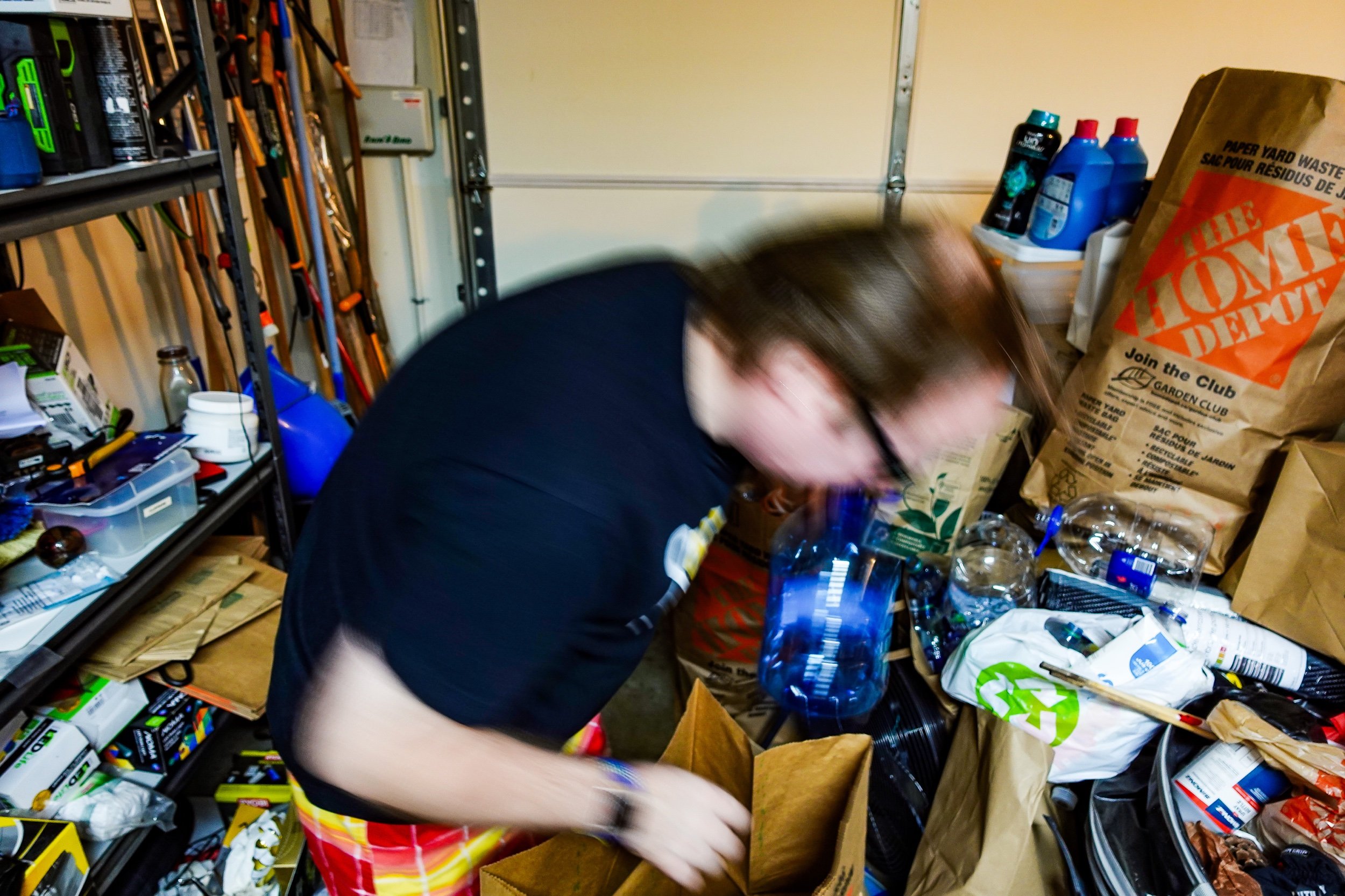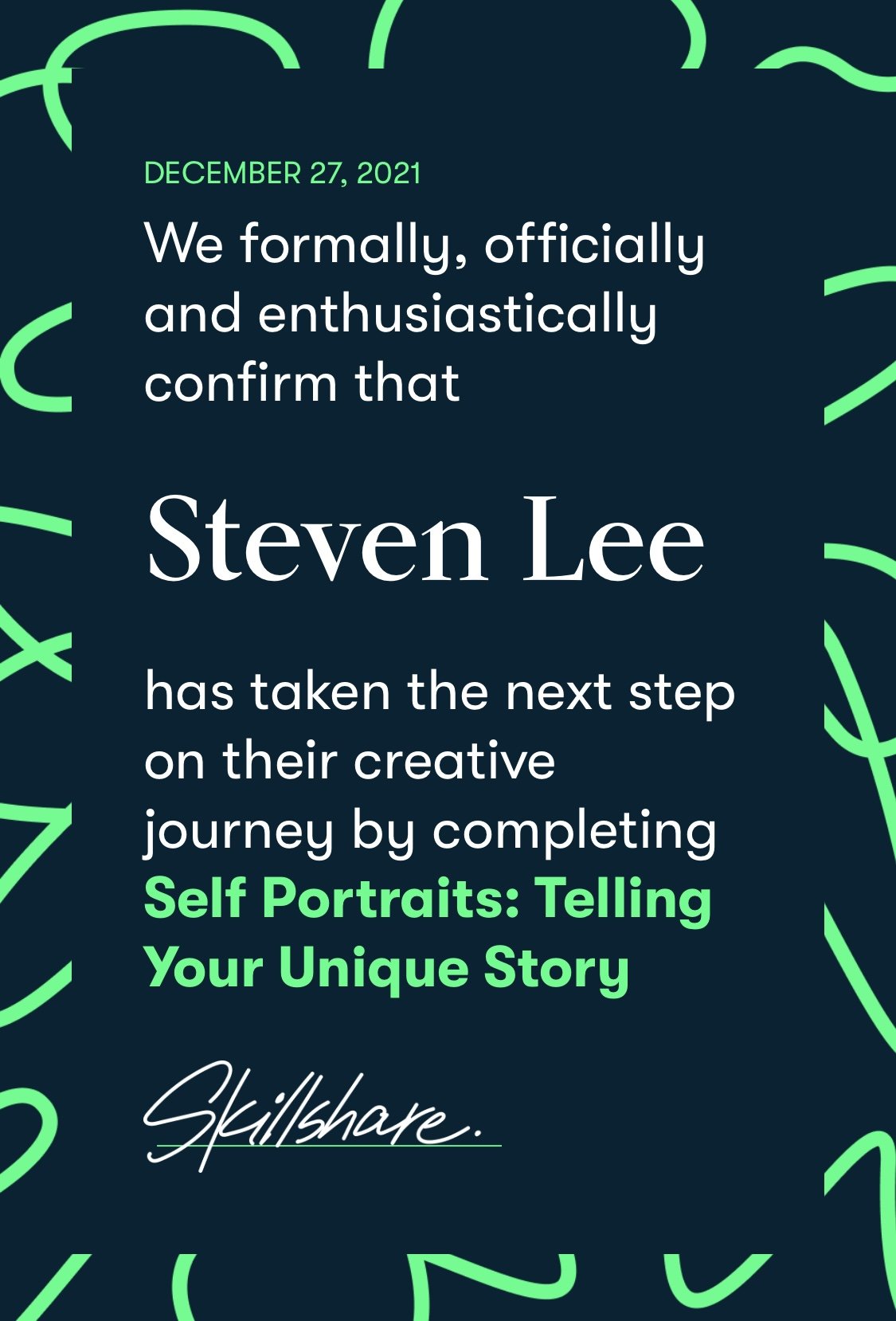Today, I completed a short workshop on Skillshare called SELF PORTRAITS: TELLING YOUR UNIQUE STORY, by photographer Tabitha Park. Specifically, my project expresses the story of my ongoing struggle to organize my house.
Brainstorming…
In my word web, mind mapping / brainstorming session I thought about several possible projects including spending more time with my dog Kira, after having had to put down a second dog I had, Chanel, after a cancerous golf ball like tumour was discovered. A second project involved possibly photographing myself clearing snow. And then this idea was there too. I’ve photographed this part of my life before, but I’m becoming more determined to actually do something about it now.
Artist’s Statement…
I wanted to create a series that highlighted the claustrophobic feeling I get when I approach this challenge. Using my Sony ZV-1 camera, I shot the series using manual mode, ISO250, with 24mm @ 1/6s in a RAW file format. To keep the camera steady, I did mount it on a tripod. And inspired by Professor Park’s example, I was able to find the settings to start shooting after 4s and to take 5 or 6 shots with the camera having a 4s interval between each shot. My low f-stop also meant I would be blurred as I worked on starting to sort recycling that needs to go to the depot. I think I knew this would happen but then I was pleasantly surprised at the shots where I was blurry. For the first time, I edited the photos in Adobe Lightroom for iPhone. The only downside to this was the inability to batch process the five photos I selected from the two dozen I shot. I had found a lovely recommended preset that the program suggested for the first three photos photos. But I couldn’t figure out how to apply them to the last two photos, as the program recommended totally different presets.
Overall I am happy with these shots. I guess I could have avoided the presets and just edited each photo individually. I’m noticing in the last photo the blues are a bit darker from the early shots.
“It’s important to take self portraits over time, because it will tell your story as it changes… It’s depicting your physical and emotional change(s), and you can look back and remember what you were thinking and feeling at the time. You have a record of each of these times in your life and who you were, and all the facets of who you are as a human.” - Tabitha Park, from her SkillShare workshop, SELF PORTRAITS: TELLING YOUR UNIQUE STORY
These photos were originally posted to Skillshare, 500px, Flickr, Instagram / Instagram, and VSCO.
Certificate of Completion…
The following is my certificate of completion for having completed SELF PORTRAITS: TELLING YOUR UNIQUE STORY.







